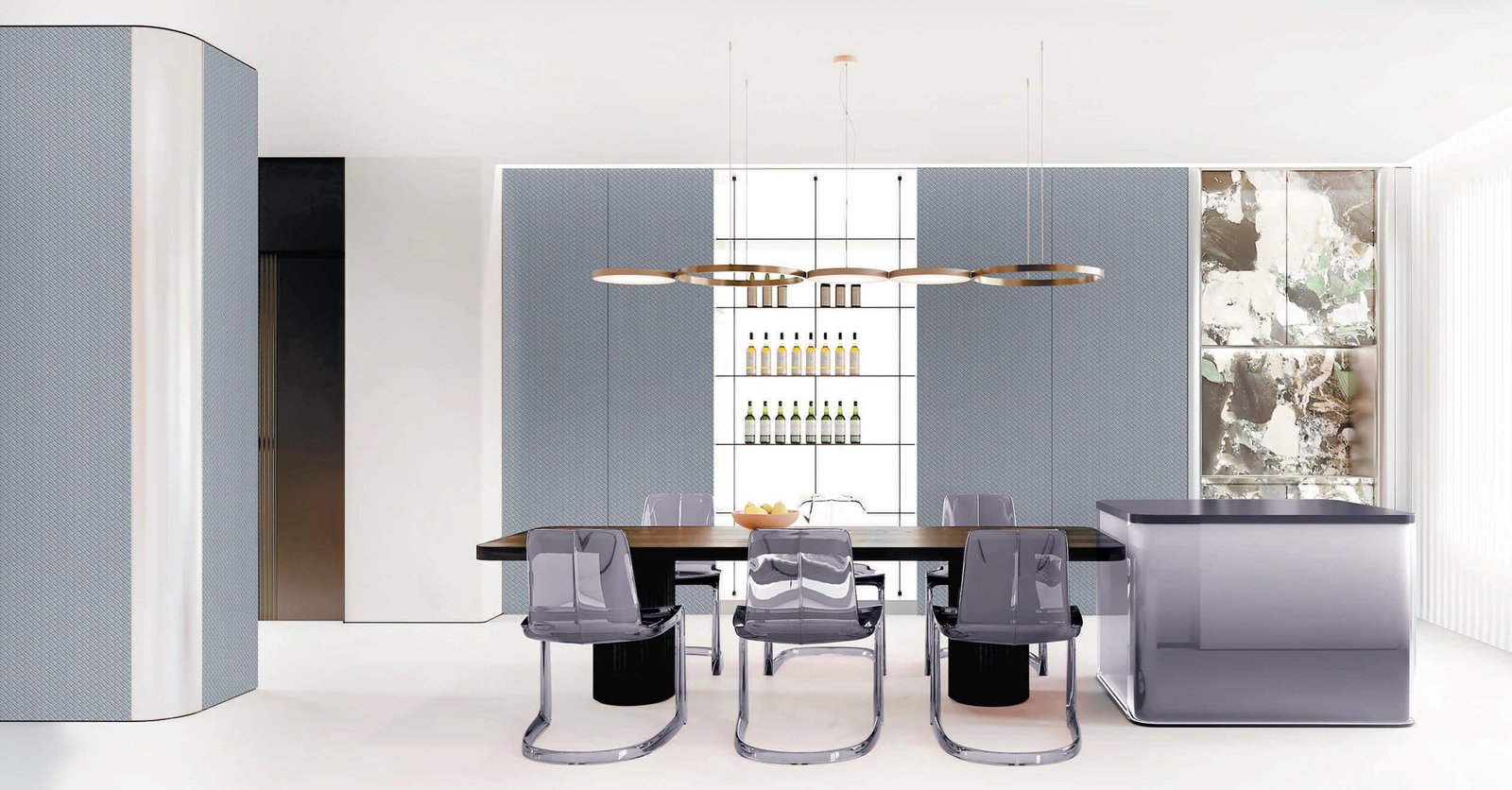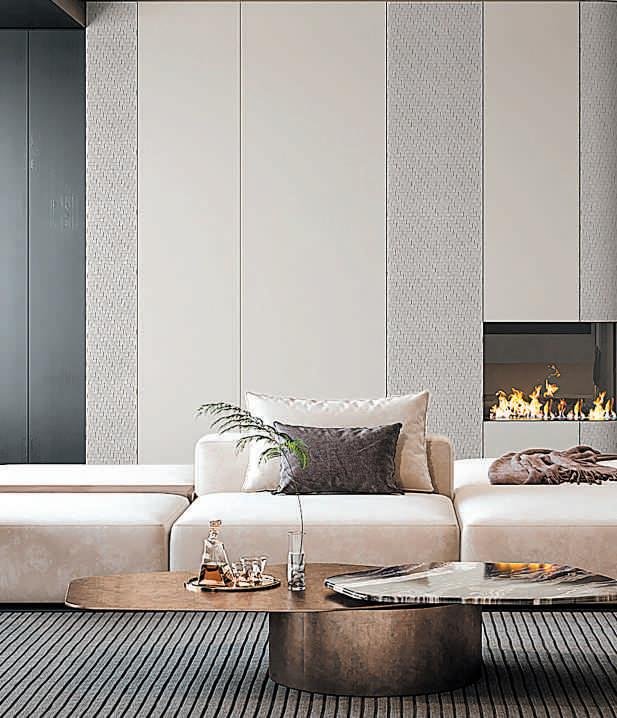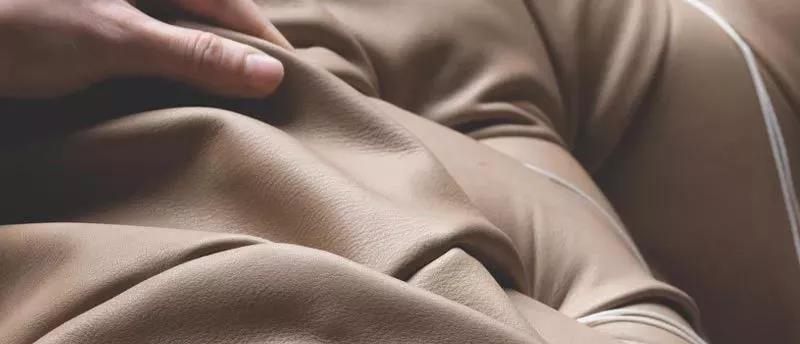As someone who has spent over eight years in the leather industry, I’ve seen firsthand the rise in popularity of PVC leather. This comprehensive guide is designed to unveil the essential aspects of PVC leather, from its composition to its environmental impact.
We’ll delve into how it compares to PU leather and other materials, explore its durability across various industries, and provide valuable insights on maintenance and care. Join me as we navigate the world of PVC leather, ensuring you make an informed purchase.
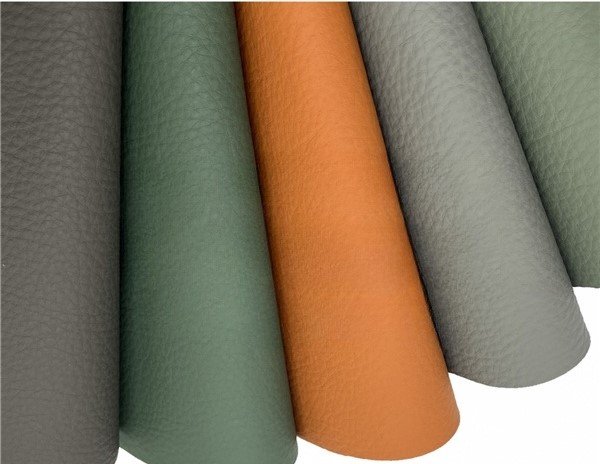
What is PVC Leather?
PVC leather, also known as polyvinyl chloride leather, is a synthetic alternative to genuine leather. It’s made by applying a layer of PVC onto a fabric base, creating a flexible and durable material. This process allows for various textures and colors, making PVC leather versatile for different applications.
Compared to PU leather and other synthetic leathers, PVC leather stands out for its unique properties, including greater durability and water resistance, though it may lack the breathability of some alternatives.
Checklist for Buying PVC Leather
When considering the purchase of PVC leather, it’s essential to evaluate several factors:
- Durability: Assess the thickness and surface treatment of PVC leather, as these contribute to its longevity and resistance to wear and tear.
- Appearance: Examine the texture, color, and overall look. PVC leather can mimic various finishes, so choose one that suits your style and application needs.
- Maintenance: Understand the cleaning and care requirements. PVC leather is generally easy to maintain but may require specific products for optimal upkeep.
- Environmental Impact: Consider the ecological footprint, including the production process and materials used. PVC leather can vary in its environmental impact.
- Cost: Weigh the quality of the PVC leather against its price. Affordable options are available, but the cheapest may not always be the most durable or environmentally friendly.

Common Misconceptions About PVC Leather
Common misconceptions about PVC leather often lead to confusion among consumers. One widespread myth is that PVC leather is not durable, but in reality, it can be quite robust and long-lasting depending on its quality and usage.
Another misconception is that PVC leather always has a plastic-like appearance and feel, whereas modern PVC leathers can closely imitate the texture and look of genuine leather.
Additionally, some believe it requires high maintenance, yet it’s relatively easy to care for compared to natural leather.
Expert Advice on Choosing PVC Leather
When selecting PVC leather, industry experts recommend considering the specific application and environment where it will be used. They advise checking the product’s durability, especially if it’s for high-traffic areas or outdoor use.
Another critical aspect is the quality of the PVC material, as higher quality PVC tends to last longer and better mimic real leather. Experts also suggest inquiring about the manufacturing process, particularly regarding environmental safety and sustainability.
Assessing PVC Leather Quality
To assess the quality of PVC leather, consider its thickness, texture, and finish. High-quality PVC leather should have a consistent thickness and a texture that closely mimics real leather. Check for uniform color and smoothness of the surface. The material should be flexible yet durable, without any signs of cracking or peeling.
It’s also important to consider the specific application – for example, PVC leather used in upholstery might require different properties than that used in fashion accessories.
Cost Considerations
When considering the cost of PVC leather, it’s essential to evaluate its price against its benefits and longevity. Generally, PVC leather is more affordable than genuine leather, offering a cost-effective alternative for various applications.
However, the price can vary based on quality, with higher-grade PVC leather being more expensive but offering better durability and appearance. It’s important to balance initial cost savings with potential long-term value, considering factors like wear resistance and maintenance needs.
PVC Leather in Various Industries
PVC leather is a versatile material utilized across various industries due to its durability and aesthetic appeal. In the fashion industry, it’s often used for jackets, bags, and shoes, offering a leather-like look at a lower cost.
In furniture manufacturing, PVC leather is popular for sofas and chairs as it’s easy to clean and maintain. The automotive industry also employs PVC leather for car interiors, valuing its durability and resistance to wear. Each industry chooses PVC leather for its unique blend of practicality, style, and affordability.
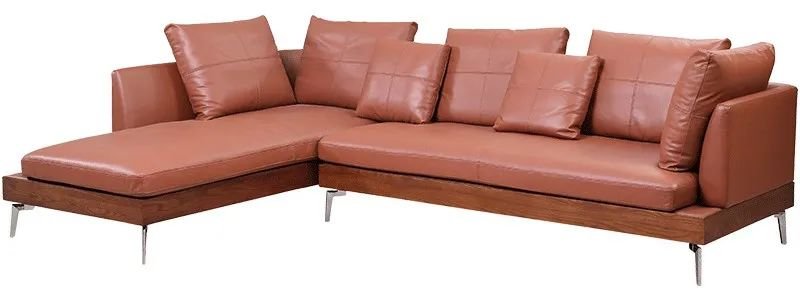
Future of PVC Leather
The future of PVC leather looks promising, with innovations focusing on improving its sustainability and functionality. Upcoming trends include the development of eco-friendlier PVC leather alternatives that use less harmful chemicals in production.
There is also a growing emphasis on enhancing the material’s durability and texture to more closely mimic genuine leather. These advancements are driven by increasing consumer demand for sustainable yet affordable materials.
Conclusion
PVC leather is a widely used synthetic material made from polyvinyl chloride (PVC), plasticizers, and stabilizers. It’s known for its durability and is used in products requiring long-term use or resistance to wear, like shoes, bags, furniture, and car interiors.
PVC leather is cost-effective compared to natural leather, making it an economical choice. It’s also easy to process, cut, sew, and glue. PVC leather has good aging resistance, allowing for extended use without significant aging.
However, it has poor breathability compared to natural leather and can become hard and brittle in cold temperatures or sticky in high heat. When choosing PVC products, opt for high-quality ones and consider the processing and usage environment. Regular cleaning and maintenance can extend its lifespan and enhance its appearance.



